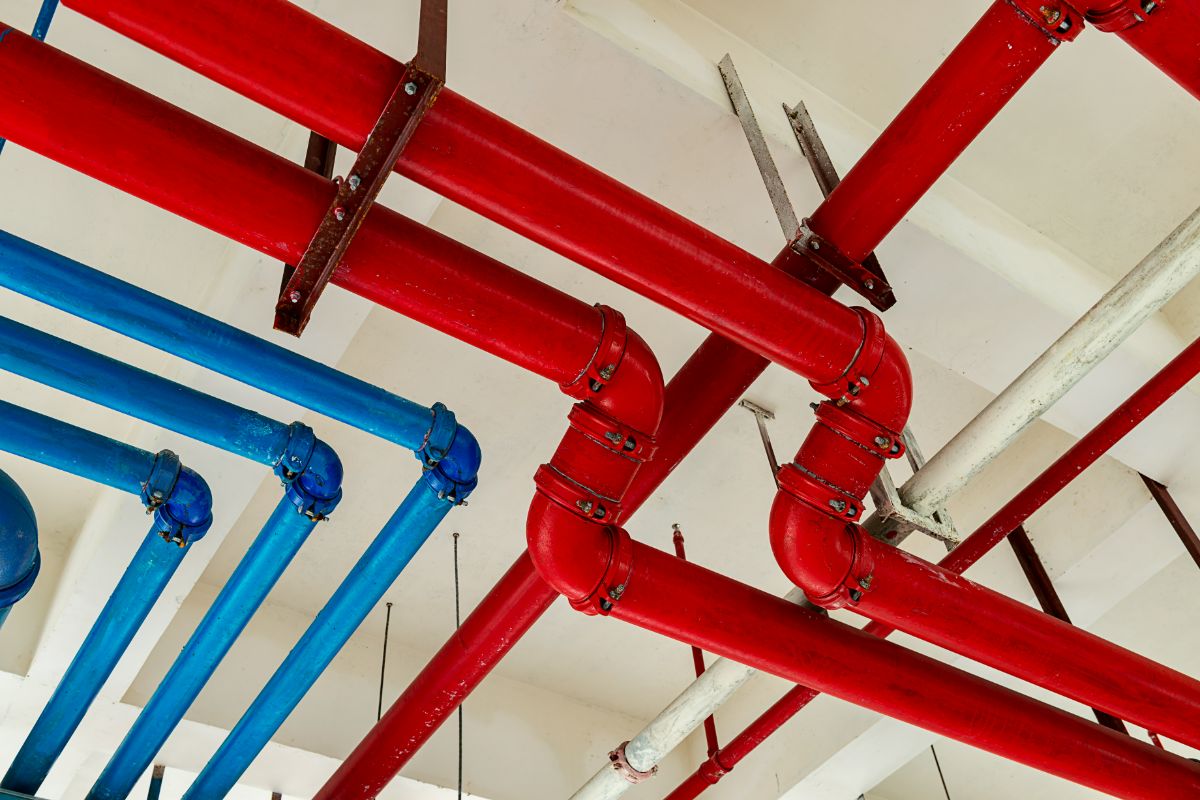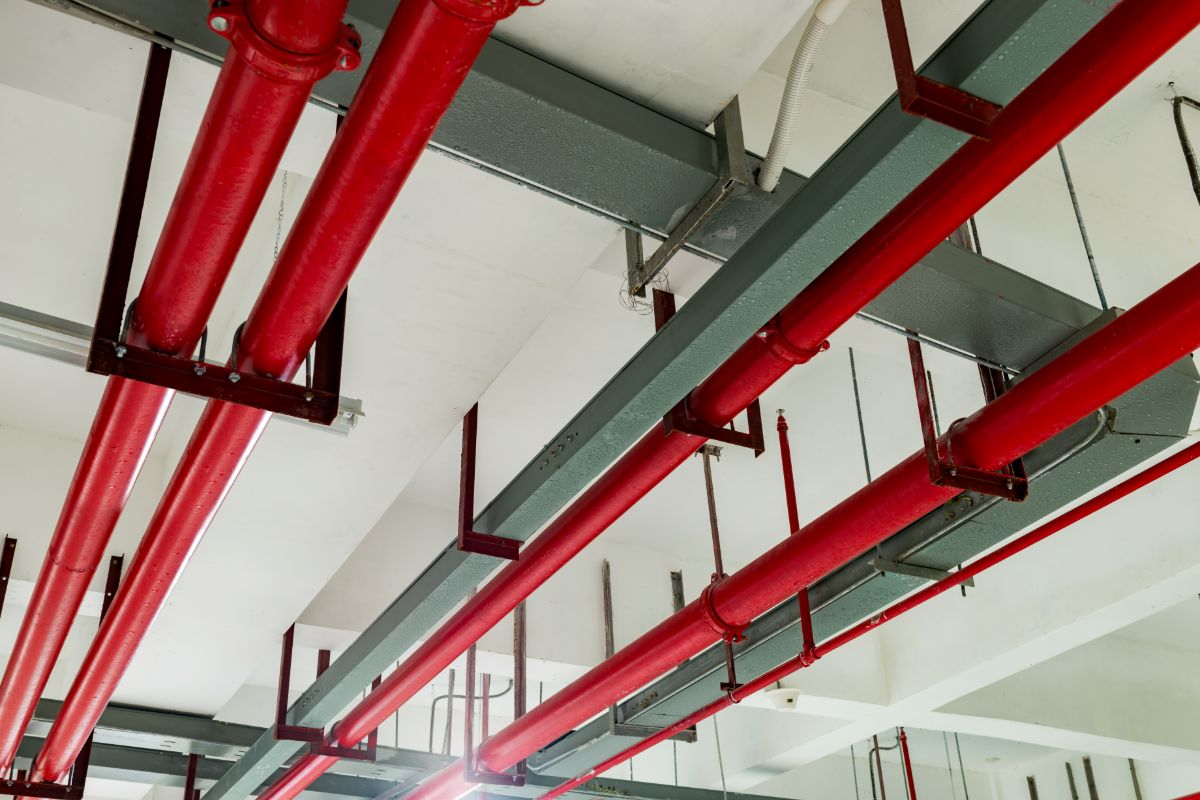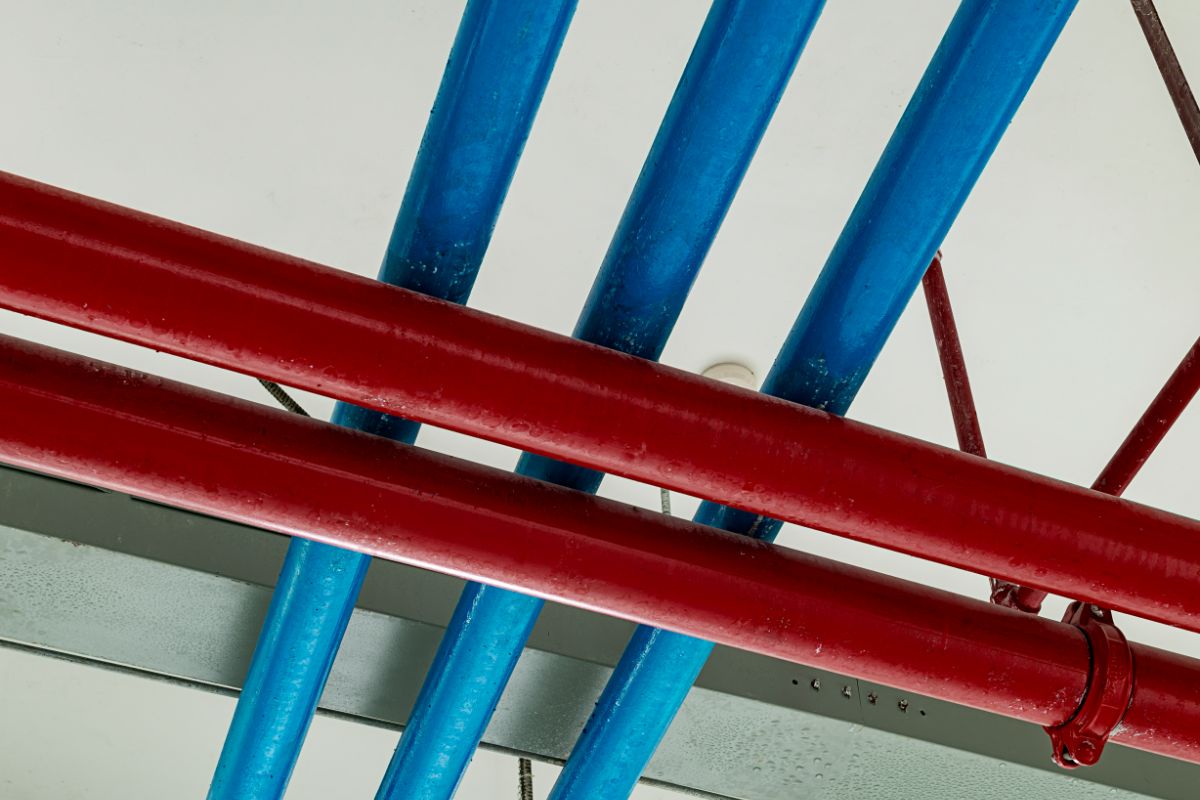
How Fire Sprinkler Steel Pipe Meet Safety Standards and Regulations
How do fire sprinkler steel pipes meet safety standards and regulations?
- Compliance with material standards
- Proper sizing and thickness
- Pressure and leak testing
- Compatibility with fire sprinkler systems
- Adherence to local building codes
Overview
- Ensuring the safety and performance of fire sprinkler systems relies heavily on using the right materials that meet strict standards.
- Supreme Steel Pipe Corp. offers high-quality steel pipes that are designed to withstand the high pressures and temperatures typical in fire emergencies.
A reliable fire-sprinkler system is essential for protecting buildings and ensuring safety in case of fire. The choice of material and adherence to safety standards maintain the reliability and performance of the system during a fire emergency.
Supreme Steel Pipe Corp. provides high-quality steel pipes that meet safety standards, ensuring they perform well under extreme conditions.
This article will discuss how fire sprinkler steel pipes meet safety standards and the regulations that guide their use. Understanding these standards helps in selecting the right materials and ensures the fire sprinkler system will function properly in an emergency.
Compliance with Material Standards
Steel pipes used in fire sprinkler systems must comply with the Philippine National Standards (PNS), which dictate the quality, performance, and durability of the materials. The standards focus on key properties are tensile strength and resistance to corrosion, ensuring the pipes can withstand extreme conditions like high temperatures and pressure.
The National Building Code (Republic Act 6541) also plays an important role in regulating fire protection systems, mandating that steel pipes be designed and installed according to strict safety standards. The Department of Trade and Industry (DTI) also enforces certification requirements for these products, ensuring that manufacturers and suppliers follow the established safety and performance checks.
Proper Sizing and Thickness

The Fire Code of the Philippines mandates that all fire protection systems, including steel pipes, must meet established safety standards, covering material quality, installation practices, and testing requirements. These pipes must meet specific dimensional and thickness requirements, which are critical for maintaining proper water flow and pressure in the system.
Fire sprinkler steel pipes like heavy gauge ERW pipes come in a variety of diameters and wall thicknesses, ranging from 21.3 to 323.9 mm in diameter and 2.00 to 12.70 mm in wall thickness, depending on the required pressure and the system’s design.
This ensures that the pipes can withstand pressures exceeding 300 psi, essential for delivering water effectively during a fire.
Pressure and Leak Testing
Steel pipes undergo hydrostatic pressure testing, where they are filled with water and subjected to pressures, typically 1.5 times the design working pressure. This testing ensures any potential weaknesses in the pipes or joints are detected before the system is used.
Pressure testing is necessary for safety, as it helps prevent failures by identifying defects early, while also complying with the Fire Code of the Philippines.
Leak testing is also performed to check for any leaks that could impair the system’s ability to deliver water during an emergency. Visual inspections and pressure monitoring are key steps in this testing process, ensuring that all components meet the stringent standards set by the Bureau of Fire Protection (BFP).
Compatibility with Fire Sprinkler Systems

The standardized dimensions of steel pipes allow for easy connection with system parts, ensuring proper water distribution and flow during a fire emergency. The compatibility of steel pipes with sprinkler heads, control valves, and various fittings is necessary for maintaining system performance under pressure.
These pipes are designed to meet strict standards for strength, thickness, and corrosion resistance so that they can withstand the high demands of fire suppression systems. Their ease of installation also makes them suitable for use in both residential and industrial fire sprinkler systems.
Adherence to Local Building Codes
In the Philippines, the National Building Code (Republic Act No. 6541) and the Fire Code (Republic Act No. 9514) set the standards for fire protection systems, including materials and installation practices for steel pipes. The National Building Code requires that materials, like steel pipes, meet specific durability and fire-resistance standards, ensuring they can handle extreme conditions of a fire.
The Fire Code outlines requirements for the design and installation of the system, such as appropriate pipe sizes, wall thickness, and mandatory testing to maintain their integrity. Adhering to these codes improves the safety and reliability of fire protection systems, ensuring they perform effectively during emergencies.
Key Takeaway
When considering fire sprinkler systems, it’s important to understand how fire sprinkler steel pipes meet safety standards, ensuring optimal protection during emergencies. Supreme Steel Pipe Corp. offers high-quality steel pipes that meet these standards, providing strength, durability, and resistance to corrosion. By using these reliable materials, your building and occupants will be safe.
Contact our team today to find out more about our top-notch fire sprinkler pipe solutions.


